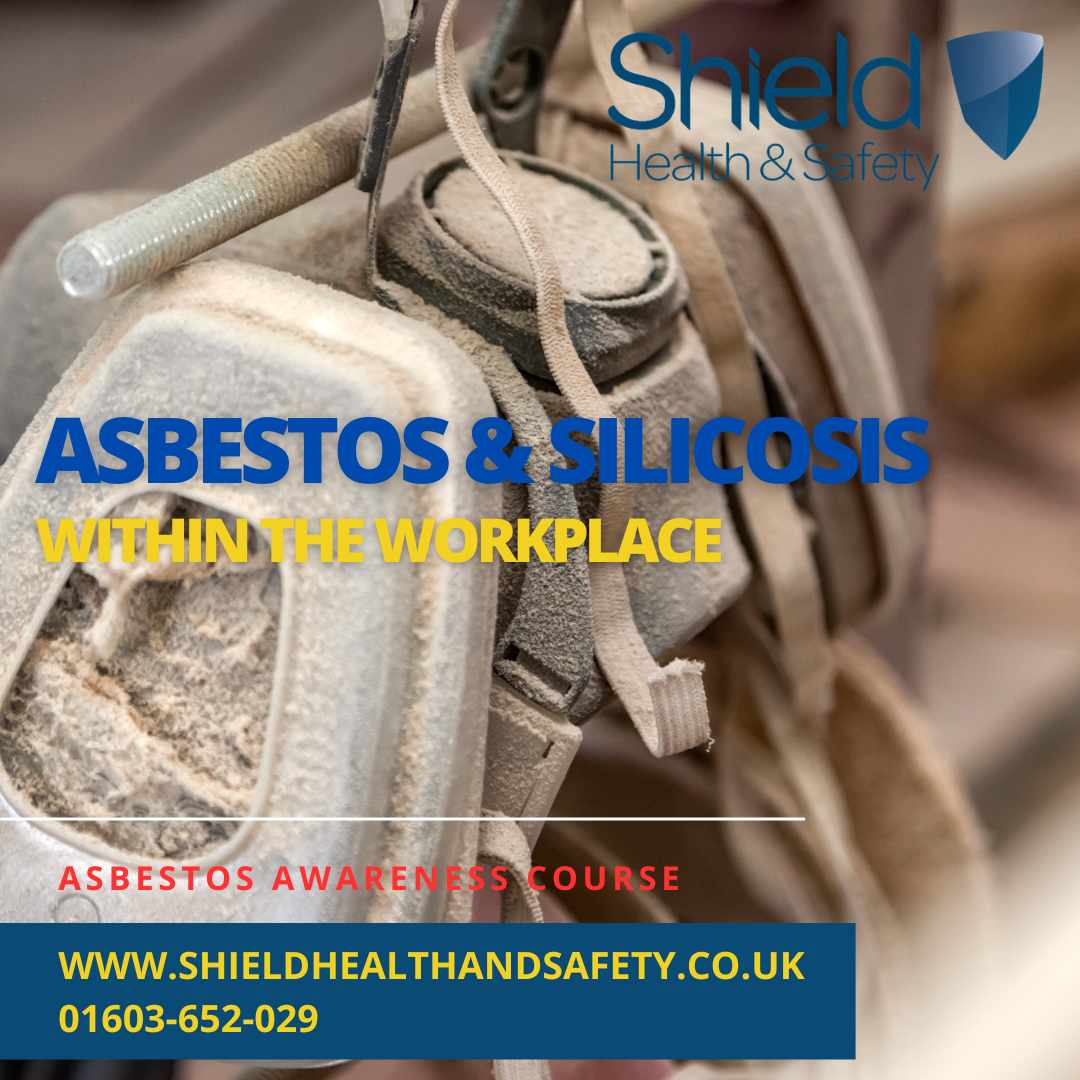Introduction:
The United Kingdom has made significant strides in ensuring workplace safety over the years. However, there are still silent threats that persist, posing serious risks to the health of workers. Two such dangers are asbestos and silicosis, both of which have been linked to long-term health issues and can often go unnoticed until it's too late. In this blog post, we'll explore the dangers of asbestos and silicosis within the workplace in the UK, shedding light on the importance of awareness and adherence to guidelines set by the Health and Safety Executive (HSE).
Asbestos in the Workplace:
Asbestos, once widely used for its fire-resistant properties, has been banned in the UK since 1999. Despite this, many buildings constructed before the ban may still contain asbestos. When asbestos-containing materials are disturbed, such as during renovations or demolitions, microscopic fibres are released into the air. Inhalation of these fibres can lead to severe respiratory diseases, including asbestosis, lung cancer, and mesothelioma.
The HSE plays a crucial role in regulating and enforcing asbestos-related guidelines within the workplace. Employers are required to assess the risk of asbestos exposure, manage and control it, and provide information and training to employees. Regular monitoring and air testing are essential to ensure a safe working environment.
Silicosis and its Workplace Connection:
Silicosis is another occupational disease that results from inhaling silica dust, commonly found in materials like sand, quartz, and granite. Workers in industries such as construction, mining, and manufacturing may be at risk. Silica dust exposure can cause inflammation and scarring of the lungs, leading to breathing difficulties and, in severe cases, respiratory failure.
The HSE has established exposure limits for silica dust in the workplace, and employers are required to implement measures to minimize exposure. This includes the use of engineering controls like ventilation systems and personal protective equipment (PPE) such as respiratory masks. Adequate training on the risks of silica exposure and the importance of preventive measures is also a key component of HSE guidelines.
The HSE's Role in Workplace Safety:
The Health and Safety Executive is a regulatory body in the UK dedicated to ensuring the health and safety of workers. In the context of asbestos and silicosis, the HSE provides comprehensive guidelines for employers to follow, including risk assessments, control measures, and worker education. By strictly adhering to these guidelines, employers can create safer working environments and protect their employees.
At Shield Health and Safety, we understand the critical importance of awareness and education in preventing asbestos and silica-related health risks. We offer specialised asbestos awareness courses that provide participants with essential knowledge on identifying and managing asbestos risks in the workplace.
Customers can contact us to book a course, ensuring that their staff are well-informed and equipped to handle these potential hazards safely. Our commitment is to contribute to a safer work environment for everyone.

